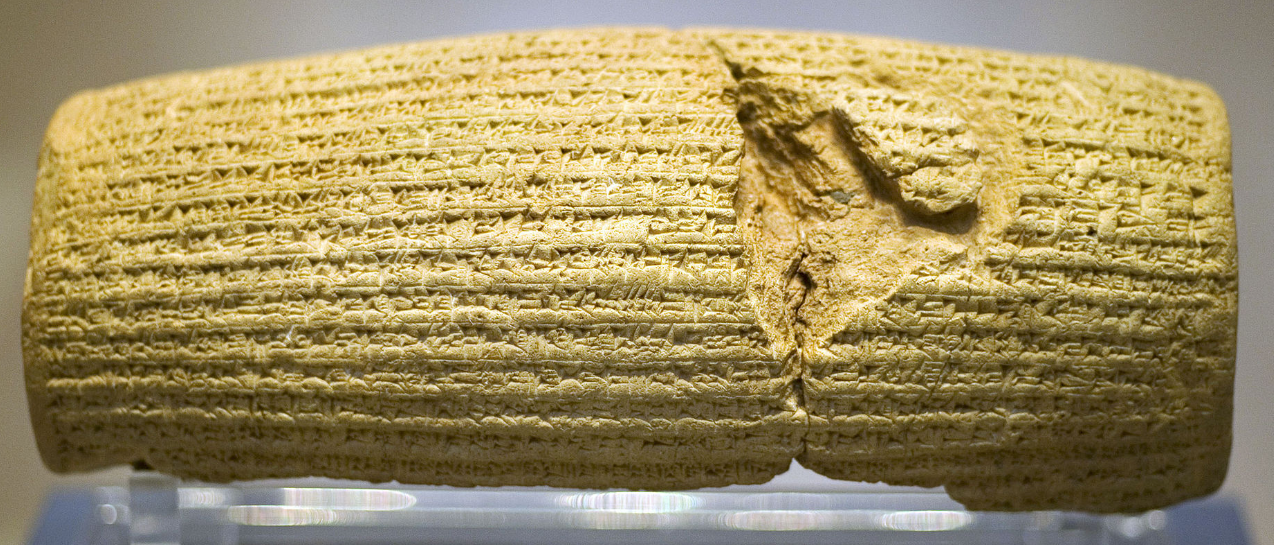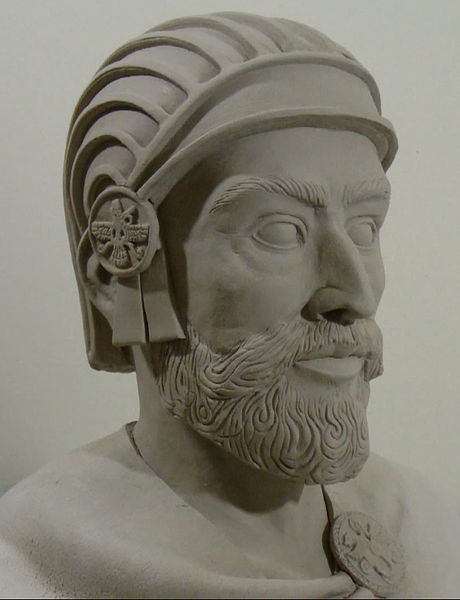The battle for human rights has unfolded over the course of thousands of years. The oldest record is that of the Cyrus Cylinder, which is an ancient clay artifact that has been called the oldest-known charter of universal human rights and a symbol of Cyrus’ humanitarian rule. The cylinder dates from the 6th century BC and was discovered in the ruins of Babylon in 1879.
The cuneiform script is considered by many Biblical scholars to be evidence of Cyrus’s policy of repatriation of the Jewish people following their captivity in Babylon. Persians’ Zoroastrian faith was the source of religious tolerance. The three wise men in the Nativity Scene at the birth of Christ were Zorasters from Persia.
When Cyrus conquered Babylon, he even left most local officials to retain power but placed his governors called satraps overseeing each province. In spring 526 BC, after a reign of only a few months, Pharaoh Psammetichus III had been defeated by Cyrus’ son Cambyses II, and Egypt thereby became part of the Persian Empire.
Cyrus the Great was perhaps the first to show mercy to those he conquered and set the standard for human rights. Those in power always seek to dominate the Great Unwashed for whatever reason. What makes them thrilled with such power to suppress others has never really been fully explained. Ironically, 3 x 8.6 = 25.8. The year 2032 will be 2580 years from the first charter of human rights.











